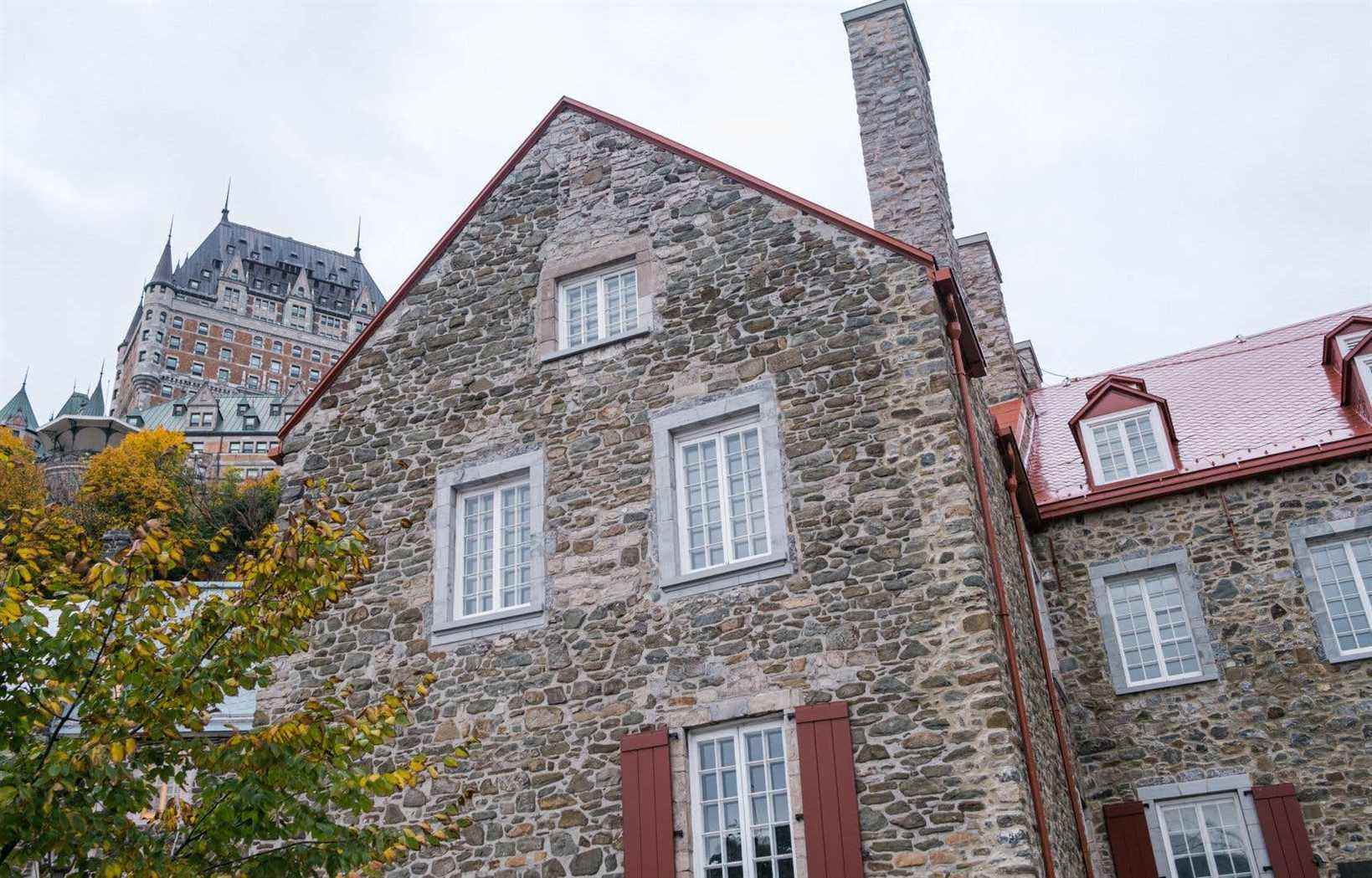Many experts, historians and defenders of the built heritage were recently moved by the plan to sell Maison Chevalier in Quebec to private interests. They almost unanimously want the Minister of Culture, Nathalie Roy, to cancel this decision in order to maintain the accessibility and the sustainability of this jewel of our architectural heritage. Yet, have they forgotten that “the state is us”? And let’s ask this question: how to ensure this sustainability?
Let’s see this from another angle, taking as an example a certain heritage specific to Île d’Orléans. On the island we have six museums. First on the list: the entire Lamy Foundation, including the Parc des Ancêtres, the former presbytery and the Drouin house dating from the 18th centurye century. Our second museum would be the Mauvide-Genêst manor, an exceptional stately home dating from the same period. Then, we have the six Catholic churches, veritable conservatories of the religious history of Quebec, four of which were built during the time of New France, two of them even benefiting from the highest rankings possible. Then finally there is the Maritime Park and the Anglican Chapel of Saint Mary, another equally unique temple.
The Lamy Foundation and the maritime park receive meager public subsidies, but rely first and foremost on the commitment of a host of volunteers and popular funding. The Mauvide-Genêst mansion is historically underfunded and must also rely on volunteers and donations from the public, pending possible patrons.
A few churches are eligible for government programs for a portion of the expense of maintaining and maintaining these expensive buildings, while others can only count on a handful of churchgoers and some municipal and popular support.
Finally, the Anglican chapel relies only on the generosity of a few rare English-speaking families. In short, everywhere in Quebec, funds are lacking, our heritage is living on and inheritances, in some invaluable cases, are threatened.
A gloomy government history
The sale of the Chevalier house on the sly and without consultation is hardly an edifying gesture and deserves the indignant outcry that it arouses, and this, although the family which acquires it is irreproachable in terms of patronage. That said, should the sustainability of this gem depend on the government? At the same time, historians, anthropologists and conservatives criticize the current minister, his ministry and government policies for their lack of consultation, too frequent negligence and sometimes their improvisation.
As in the case of the “blue houses”, which will be allocated hundreds of millions while our museum institutions, in the regions as well as in the city, will continue to survive, too often uncertain and threatened as to their future. All of this quickly becomes distressing, as the government’s history in terms of the conservation and maintenance of its heritage assets, whether classified or not, is not very good. Let us think of some of our schools in a state of decrepitude, of our non-compliant and dilapidated CHSLDs, of our national archives and of a whole built and religious heritage more or less in danger.
Meager budgets
The Ministry of Culture has always seen its meager budgets stagnate. For lack of resources, successive ministers too often intervene in disaster. Given the problems with other state missions, it doesn’t look like this needs to change. Should we review our ways of doing things and develop a culture of shared responsibility involving the participation of all? Could private companies do more? These questions arise.
Maison Chevalier is protected by a law which prescribes its maintenance and enacts the standards and constraints, for current or future owners. On Île d’Orléans, our heritage is first supported by volunteering, by donations from the public and sometimes by a few more fortunate families. All this to say how at home, on the island, we would be ready to “bless” such interventions on the part of citizens like the Tanguay family.
